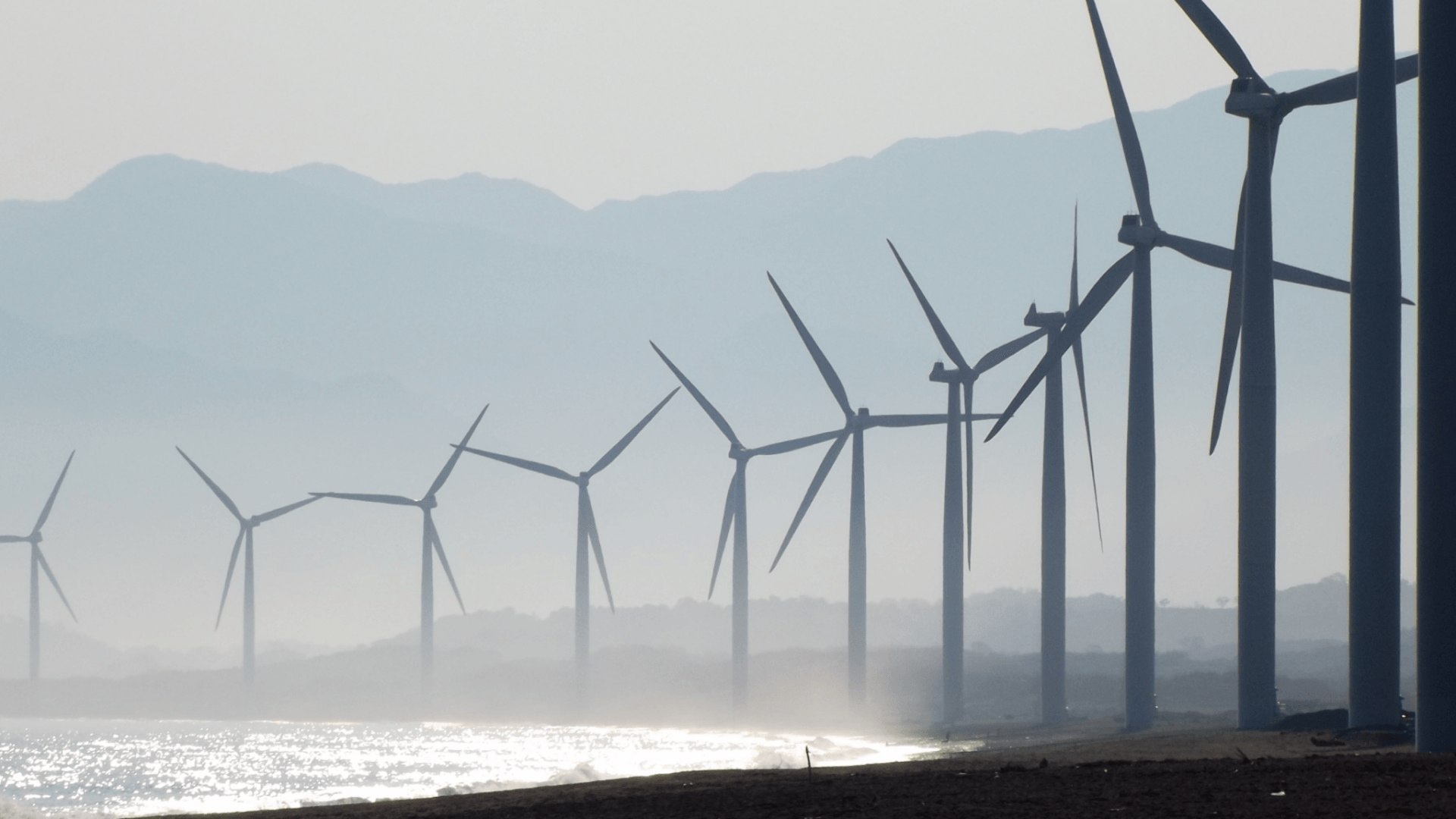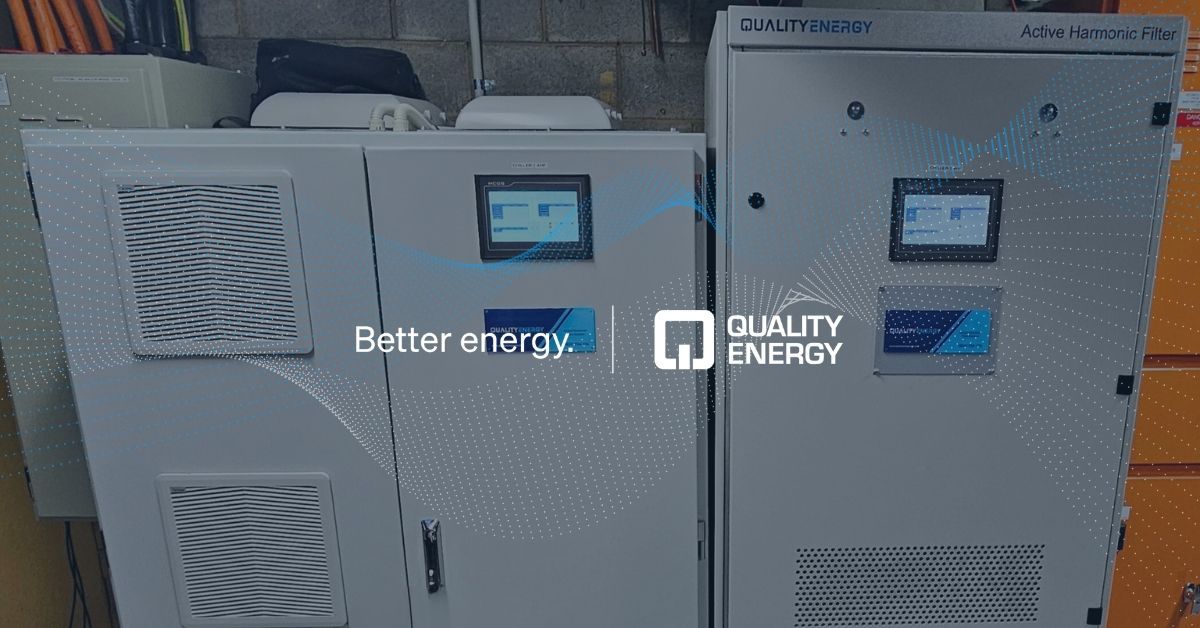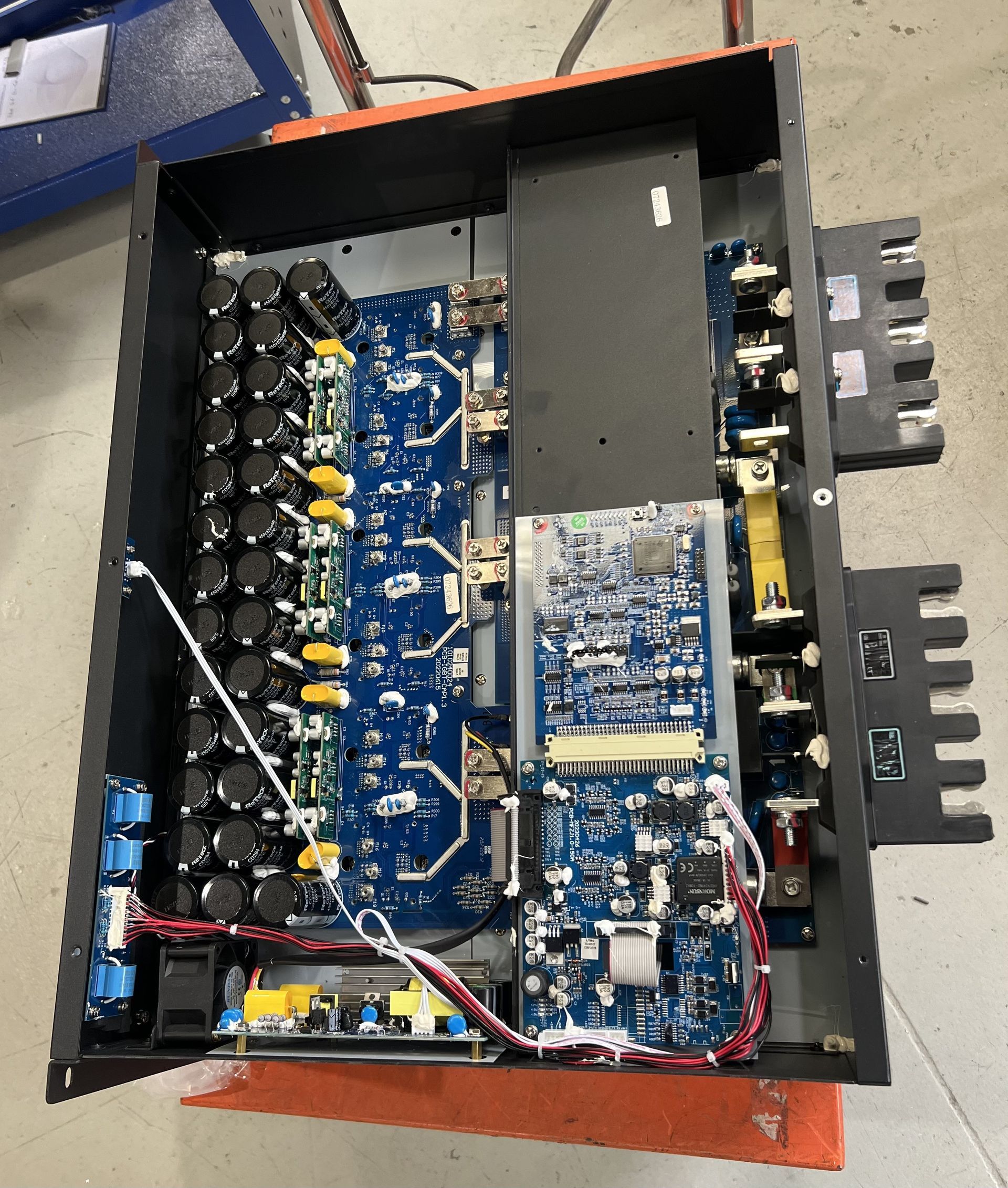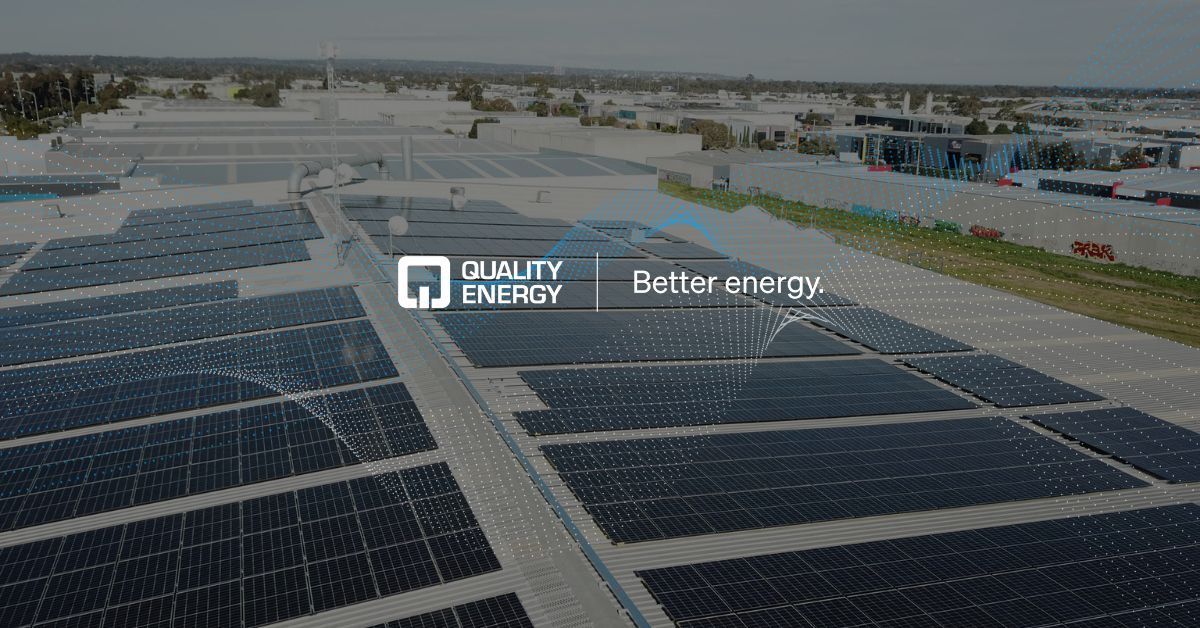Why Winter Is the Best Time to Install Solar Panels in Australia
On This Page:
- Introduction
- Lower Demand Makes Winter a Perfect Time to Install Solar
- Faster Regulatory Approvals and Grid Connections
- Solar Energy Incentives Reduce Each Year
- Beat Summer Bills With Early Energy Production
- Cooler Ambient Temperatures are Better for Module Efficiency
- Safer Roof Access and Less Weather Risk
- Frequently Asked Questions About Solar Installations in Winter
- Does rain reduce panel performance?
- Will shorter days hurt my payback?
- Is winter a good time to get quotes?
- Now You Know Winter is the Ideal Time To Install Solar
When Australians imagine a solar installation, they often picture blistering summer afternoons with the sun beaming down on glassy solar panels backed by a clear blue sky. Yet three decades of industry data point to winter as the best season to install solar.
From an accelerated return on investment to minimising weather related project risks, making the switch to solar power during the cooler months is a smart idea for business owners.
Lower Demand Makes Winter a Perfect Time to Install Solar
During the winter months, solar companies typically experience a reduction in demand as fewer businesses pursue energy upgrades during the cooler season. This creates a unique window of opportunity for proactive business owners.
Scheduling becomes far more flexible, allowing for quicker site assessments, faster system designs, and shorter lead times between quotation and installation. Ultimately, taking advantage of winter’s quieter installation calendar can translate into a more efficient process, fewer delays, and a smoother transition to solar power for your business.
Faster Regulatory Approvals and Grid Connections
Local councils, network service providers, and the Clean Energy Regulator handle fewer applications in winter.
Consequently, processing times for documentation, such as Small-scale Technology Certificates (STCs) issued under the Small-scale Renewable Energy Scheme and feed-in tariff agreements, are generally faster.
A quicker administrative cycle means your solar power system begins generating and exporting electricity sooner, shortening payback time and improving cash flow.
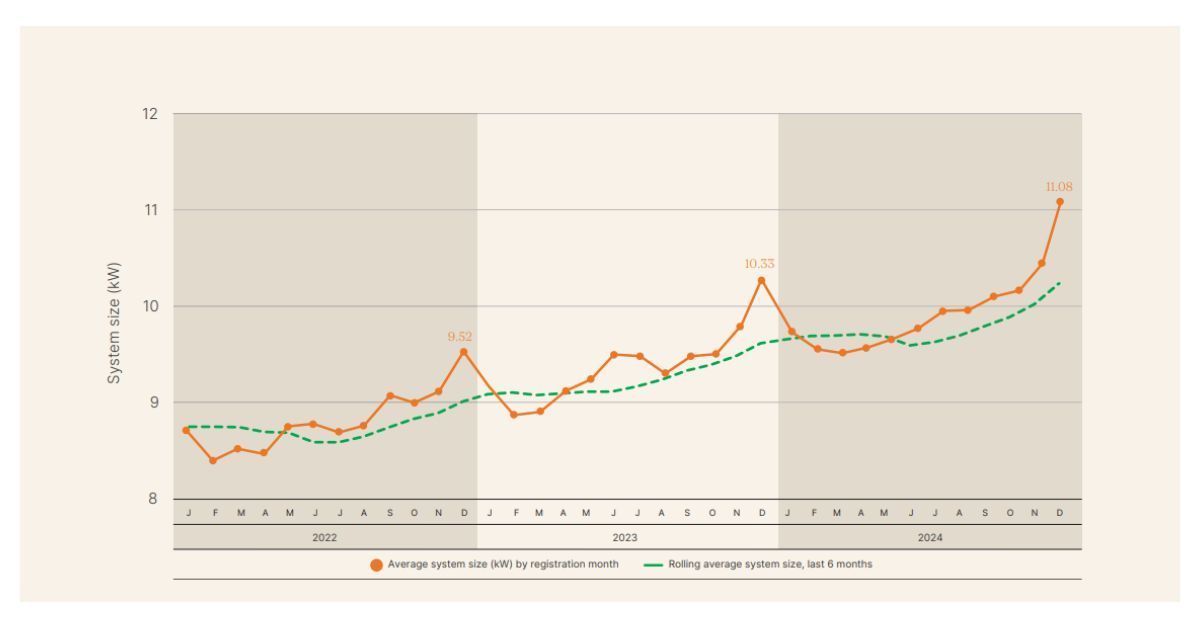
Average system size by registration month 2022-2024. Source Clean Energy Council Rooftop solar and storage report July-Dec 2024
Solar Energy Incentives Reduce Each Year
Financial incentives are available to offset upfront cost of solar systems. If you are a business planning to go solar, upfront federal government rebates are available for solar panel systems up to 100 kW, with a total energy output of less than 250 megawatt hours.
Other solar rebates are available, some upfront and others paid out over a period of time, depending on the size of the system. Please reach out to the team at Quality Energy for a (complimentary) quote that includes upfront rebates (if eligible), or more information on rebates available.
Limited small-scale technology certificates are released each year. For example, a 50kW solar panel installation in postcode 3042 in Victoria with a 6-year deeming period will require approximately 355 STCs. At the current rate of $39.90 per STC (at the time of publishing this blog), you could receive up to $14,164.50 off the upfront cost of a new solar system.
With the STC system poised to end in 2030, waiting one more year to install solar could reduce this upfront rebate to $10,952 - costing you $2,183 more.
Every dollar saved compounds over the lifespan of a quality solar installation, which can exceed 25 to 30 years, meaning more money in your pocket.
Take a look at our solar case studies to see how we’ve helped Australian businesses save.
New Battery Installation Rebates From 1 July 2025
Pairing a battery with rooftop solar during the same project can reduce labour and compliance costs. And because batteries perform better in cooler temperatures, winter commissioning extends their life expectancy.
Starting July 1, 2025, the Australian Government will launch the Cheaper Home Batteries Program, a $2.3 billion initiative that also applies to small businesses transitioning to solar and battery storage.
Rebates of up to $372 per usable kilowatt-hour (capped at 50 kWh) lower the upfront investment required for battery storage. Read our comprehensive
blog post on solar battery rebates for further information.
Beat Summer Bills With Early Energy Production
Australian summers can be brutal for energy consumption. When you install your solar system in winter, you have time for solar feed-in tariffs to be connected. You can then take advantage of solar production during spring, and when summer comes (the peak time of year for solar), you are in the best position to utilise the energy generated.
By December, daytime loads, such as air conditioning, can be offset by self-generated power, while nighttime consumption draws on stored solar energy production via batteries.
The result is a measurable reduction in the most expensive quarter of your electricity bill.
Cooler Ambient Temperatures are Better for Module Efficiency
Solar panels generally produce the most total energy during the summer months, because days are longer and sunlight is stronger.
However, high panel temperatures in summer can reduce their instantaneous efficiency.
Temperature measurement company Optris notes about a 0.5% drop in output for every degree above 25°C.
Winter’s cooler temperatures (around 14°C in Melbourne and 16°C in Sydney in July) keep panels closer to their ideal operating point, so installing in winter means you start off with panels running near peak efficiency from day one.
Over the year, you still benefit from high summer irradiance, but you avoid the initial temperature-related losses when commissioning the system.
Safer Roof Access and Less Weather Risk
Winter in much of Australia typically brings mild days, lower UV levels, and fewer cyclonic storms compared to late spring, particularly for those located in Northern Queensland. Staff can:
- Work comfortably without scorching tiles, reducing the risk of cracked roof clips.
- Use adhesives and sealants that cure better in cooler weather.
- Finish jobs faster thanks to predictable conditions.
Whether you are in Hobart
or Cairns, transitioning to renewable energy in winter positions you to capture spring and summer’s longer solar generation days with your system already working efficiently.
Frequently Asked Questions About Solar Installations in Winter
Does rain reduce panel performance?
No. Light rain keeps modules clean, boosting output once clouds clear. Winter irradiance is high in Australia, meaning solar panels work even with indirect sunlight and in cold weather. Rain can also keep your panels cleaner, maximising their efficiency.
Will shorter days hurt my payback?
The marginal winter dip is offset by higher efficiency at lower temperatures. Over 25 years, average year-round production should remain consistent from one season to the next.
Is winter a good time to get quotes?
Winter is the best time of year to get solar quotes. Please reach out to the team at Quality Energy today for a comprehensive complimentary quote for high-quality solar PV installation for your business.
Now You Know Winter is the Ideal Time To Install Solar
Choosing to get solar panels installed in winter positions your business to capture every available rebate, benefit from improved system efficiency, and avoid peak-season bottlenecks. Quality Energy is a NETCC-accredited solar installer based in Melbourne with national installation capability.
The sooner you switch to a solar energy system, the sooner you’ll tap into clean energy, shrink your energy bill, reduce your carbon footprint, and safeguard your business against increasing electricity costs.
Related news
